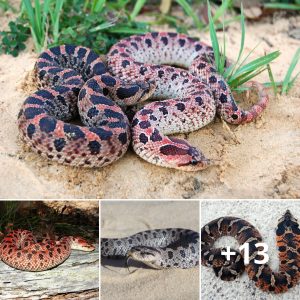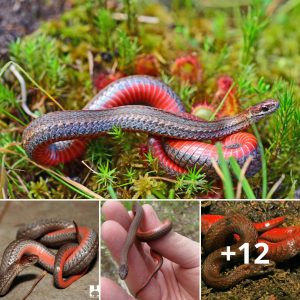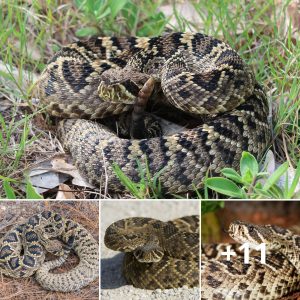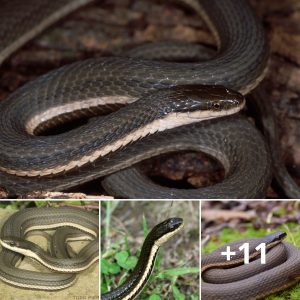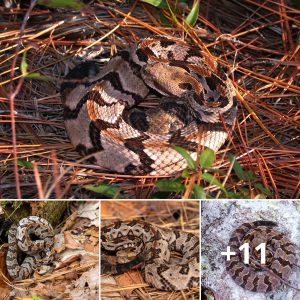Rat Snake: Beauty and Outstanding Features of This Snake


(Pantherophis obsoletus)
NOTE: Some herpetologists separate rat snakes into separate subspecies. The North Carolina rat snake is also known as the Eastern Rat Snake (Pantherophis alleghaniensis).
Description: Rat snakes are the most common large snakes encountered by people in most parts of North Carolina. Rat snakes have highly variable color patterns, ranging from solid black in the mountains and Piedmont to yellowish-green with dark stripes in the Coastal Plain. Intermediate color patterns can be found between the Coastal Plain and Piedmont. The young are boldly marked with dark brown blotches on a gray or light brown background. As they age, the blotched pattern changes to the adult color pattern. Rat snakes’ bellies are usually a mixture of white and black checkered markings. These snakes are fairly heavy-bodied and are shaped somewhat like a loaf of bread rather than having round bodies.
Feeding/Diet: They are very strong constrictors and eat mice and rats. Because they also eat birds and their eggs, including chicken eggs, they are sometimes called “chicken snakes.”
Habitat/Range: Rat snakes are expert climbers and can even climb trees simply by holding onto the rough bark with their belly scales. They are commonly found in and around human dwellings and survive well in established neighborhoods, sometimes turning up in chimneys, attics, and basements.
Reproduction: Rat snakes lay 6–28 eggs during mid summer.
Miscellaneous: In some areas, rat snakes are commonly called “black snakes” and are frequently confused with black racers. However, unlike racers whose scales are smooth, rat snakes have keeled scales. Rat snakes are usually rather docile, but may bite and release foul-smelling musk if picked up or threatened.

Photo by RW Van Devender


Photo by Eric Stine

Photo by JD Willson

Photo by JD Willson

Photo by Patrick Barnhart
